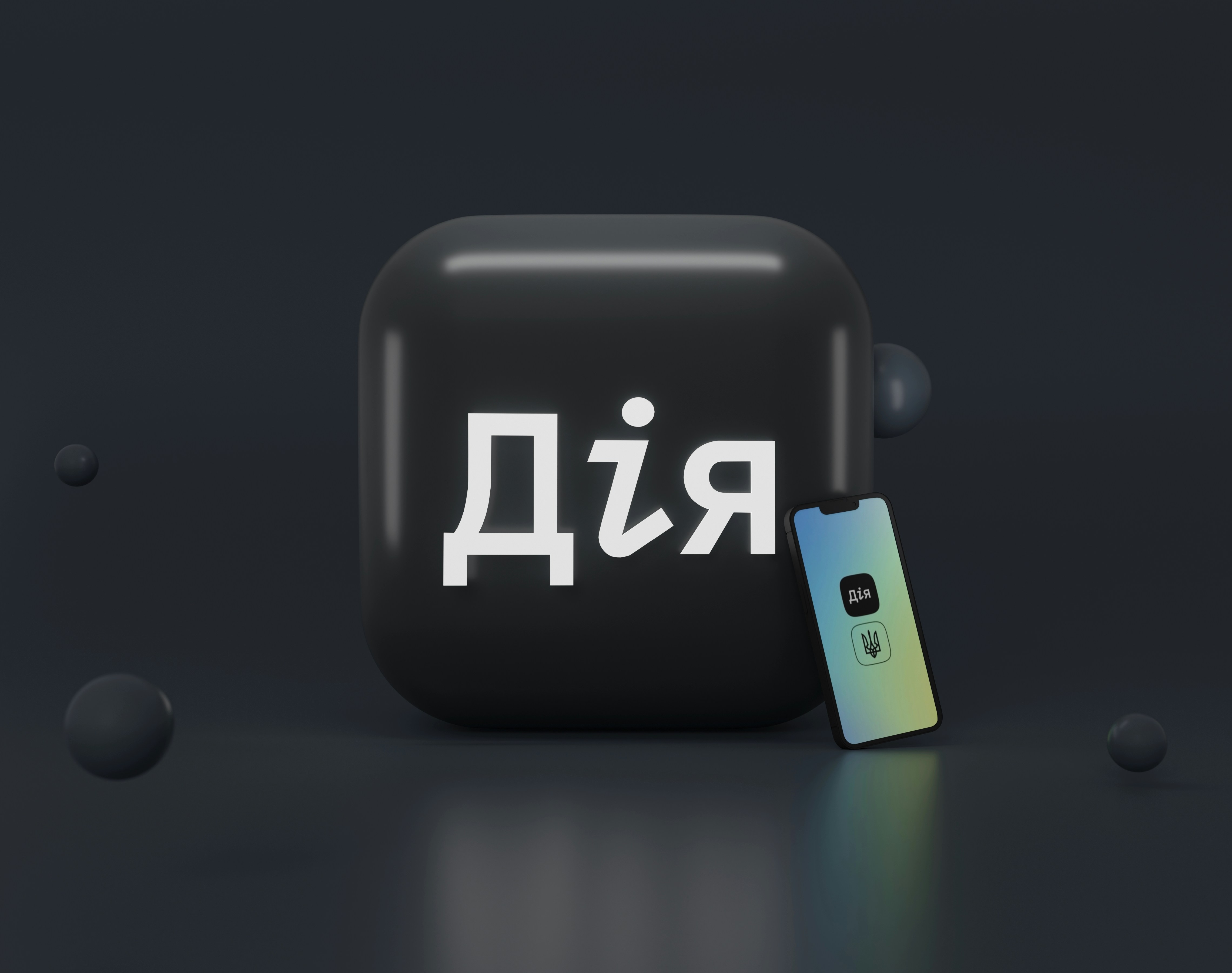Digitalisation is intricately intertwined with societies’ dynamics, reflecting the challenges and needs, faced by its citizens. The ongoing war in Ukraine has intensified the need for innovative digital solutions, particularly in the realm of citizen identification. The Diia mobile application, an essential tool for accessing digital documents and government services, stands at the forefront of this transformation.
On 13 February 2024, the Cabinet of Ministers of Ukraine took the decision to open the source code of the Diia service. This resolution also outlines the procedure for its licensing and use. By transitioning to an open source model, Ukraine aims to enhance transparency, encourage collaborative development, and adapt the Diia software for broader public access and improvement.
This app represents a new level of interaction between the state and its citizens, providing a convenient, and easy to access interface to a population that mainly uses their phone to access such governmental services. It combines a mobile application that offers access to digital documents with a single portal for public services for both the population and businesses. As of December 2022, nearly 18.5 million Ukrainians had updated the Diia application, and the Diia portal boasted over 21.7 million users, offering more than 70 government services online. The mobile application allows Ukrainians to access 14 digital documents, including ID cards, biometric passports, and driver’s licences, along with 21 services in total.

Integration in the European Digital Identity Framework
Ukraine's alignment with European standards in electronic identification is notable. Following the EU's eIDAS Regulation, Ukraine has made significant strides, including the legal recognition of EU-qualified electronic signatures and the adoption of joint cooperation plans in 2022. The recent legislative efforts by the European Parliament to create a framework for digital identification have helped further integrate Ukraine into the European digital landscape. Ukraine is now the first third country to the EU recognised in the alignment with the newly updated eIDAS Regulation. Ukraine’s participation in EU pilot project “Potential” to test cross-border interaction of Diia underscores its proactive role in shaping the future of electronic identification within the EU.
The collaboration between Ukraine and Estonia has been instrumental in this digital evolution. Estonia's e-Governance Academy has played a pivotal role in projects such as the Trembita data exchange system, which has been crucial for Ukraine's digital infrastructure, especially during wartime. The continuous development of digital services in Ukraine, supported by international cooperation, highlights the resilience and innovation of the country in the face of adversity.
As Ukraine prepares to integrate further into the EU’s Digital Single Market, the alignment of its digital identification systems with EU standards remains a priority. Projects like EU4DigitalUA and DT4EU are crucial in this regard, ensuring that Ukraine’s digital identity and signature systems meet rigorous security and functionality standards. The ongoing efforts to harmonise with the evolving EIDAS framework demonstrate Ukraine's commitment to achieving a fully functional and compatible digital ecosystem within the EU.
Open Source at time of war
The move to open source reflects a European trend towards transparent and collaborative technological advancements. This transition positions Diia as a potential model and partner for other governments looking to digitise their services. Legal entities and individuals, both Ukrainian and foreign, can now access and utilise Diia's open source software, with specific licensing requirements for public use developments. The Ministry of Digital Transformation is tasked with implementing the solution’s guidelines, ensuring that the software is available under public licence terms, which include being free to use and irrevocable, except for entities from states recognised as aggressors or those under sanctions. And there, the question of open source in times of war, becomes particularly important. The choice made by the Ukrainian government, while contravening the original open source definition, marks the evolution of governmental open source based around interoperability and reusability. The potential reuse of such infrastructures by Russia and its allies could fully jeopardise the integrity of this infrastructure.
The Diia app infrastructure is built around the needs of war. Diia has recently started to include the recognition of veteran status as a function. A unique tool, this official recognition of status will be instrumental in supporting the return of soldier from the front and their reintegration in civil society. Looking even further, the ID check based around the biometrical data of citizen has been adapted to the many people that lost or got their documents stolen. The access to the identification documents is also bound to a liveness check, as the question of death and usurping of identity has put a threat to the security of the system from Russian’s malversation.
The journey of Diia, from a national digital service platform to a symbol of open source innovation and international collaboration, reflects the resilience and forward-thinking approach of Ukraine in times of war. As digital identification becomes increasingly vital, Ukraine's experiences and advancements offer valuable lessons for the global community and important questions on how government can collaborate in times of war.
Photo by Mariia Shalabaieva on Unsplash

